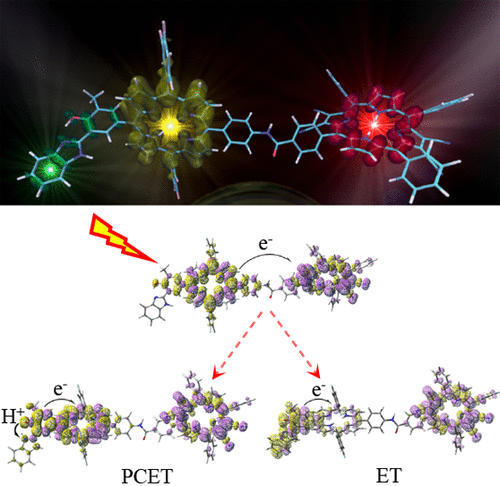A Ru(II) Polypyridyl Complex Bearing Aldehyde Functions as a Versatile Synthetic Precursor for Long-
DOI: 10.1016/j.bmc.2019.05.011
Bioorganic & Medicinal Chemistry
The use of Photodynamic Therapy (PDT) for the treatment of several kinds of cancer as well as bacterial, fungal or viral infections has received increasing attention during the last decade. However, the currently clinically approved photosensitizers (PSs) have several drawbacks, including photobleaching, slow clearance from the organism and poor water solubility. To overcome these shortcomings, much effort has been made in the development of new types of PSs, such as Ru(II) polypyridyl complexes. Nevertheless, most studied Ru(II) polypyridyl complexes have a low absorbance in the spectral therapeutic window. In this work, we show that, by carefully selecting substituents on the polypyridyl complex, it is possible to prepare a complex absorbing at much higher wavelength. Specifically, we report on the synthesis and in-depth experimental and theoretical characterisation of a Ru(II) polypyridyl complex (complex 3) combining a shift in absorbance towards the spectral therapeutic window with a high 1O2 production. To overcome the absence or poor selectivity of most approved PS into targeted cells/bacteria, they can be linked to targeting moieties. In this line, compound 3 was designed with reactive aldehyde groups, which can be used as a highly versatile synthetic precursor for further conjugation. As a proof of concept, 3 was reacted with benzylamine and the stability of the resulting conjugate 4 was investigated in DMSO, PBS and cell media. 4 showed an impressive ability to act as a PDT PS with no measurable dark cytotoxicity and photocytotoxicity in the low micromolar range against cancerous HeLa cells from 450 nm up to 540 nm.





